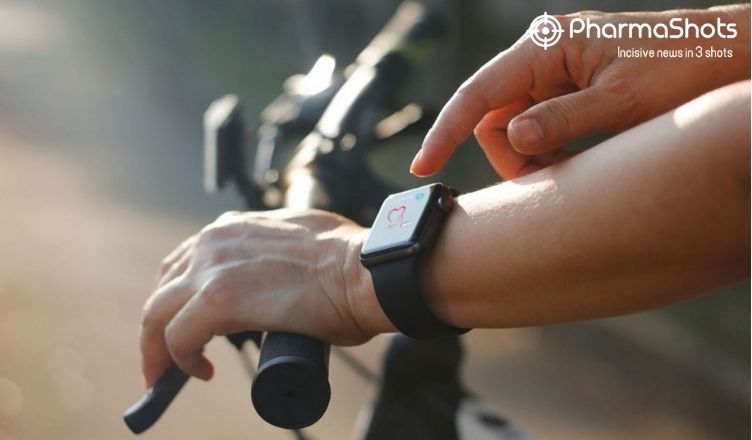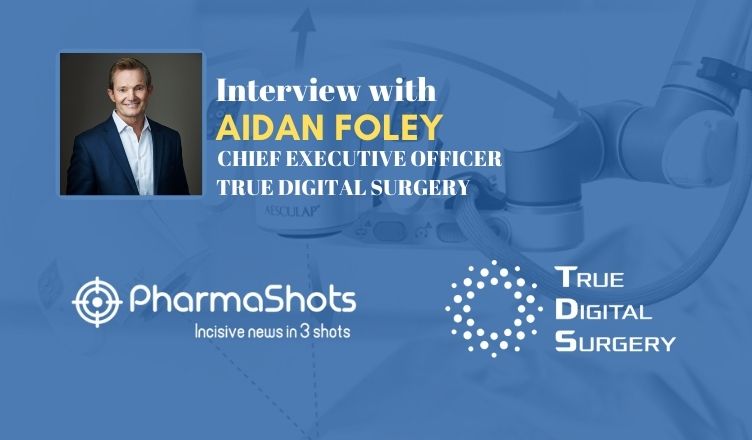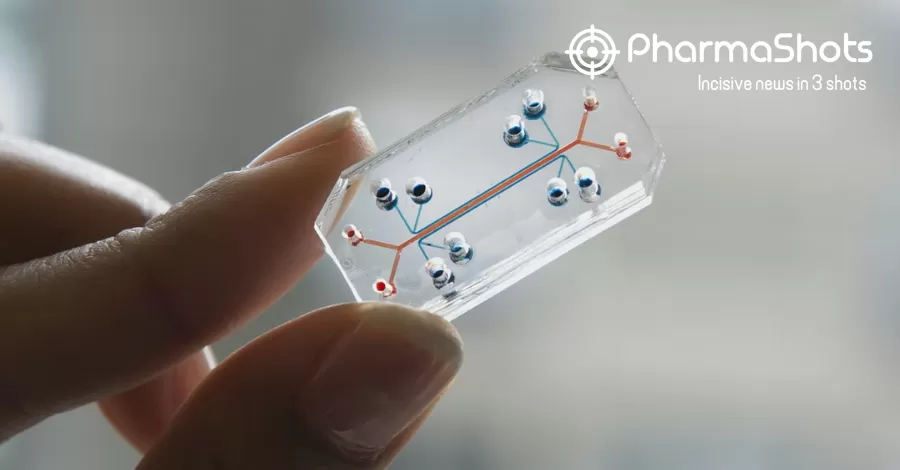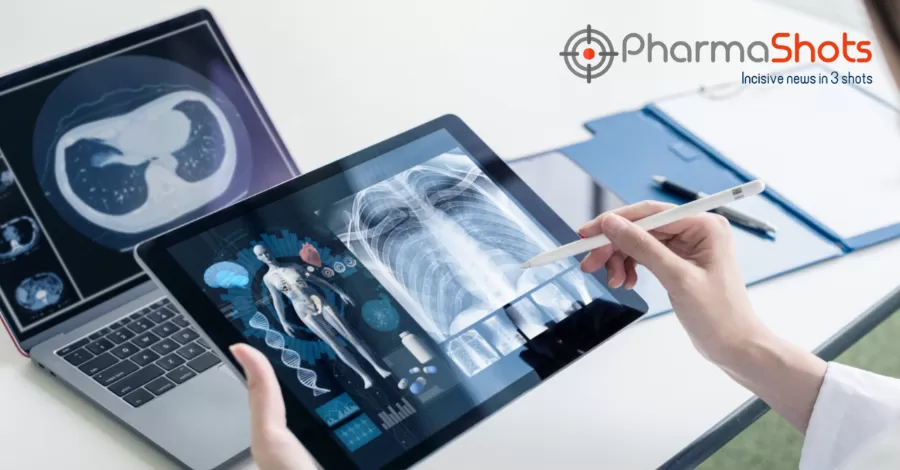
Wearables in the Market & their Roles
Wearables are electronic devices consisting of sensors that can receive data of user's personal health and exercise schedules. They work wirelessly or with the help of other devices such as smartphones, tablets, or laptops.
The market of wearable technology was valued at $15.74 billion in 2015 & expected to extend $51.60 billion by 2022 at a compound annual growth rate of 15.51% between 2016 & 2022.1 The factor which contributes to the growth of the wearable market includes consumer inclination for gadgets, growth prospects of next-generation displays and escalating recognition of internet of things & connected devices.
The need of wearable technology:
Wearables help to influence different fields such as health, fitness, disability, education, music, gaming, etc. The goal of wearable technology is to smoothly enter into daily activities and become a part of them. The hands-free nature of these computing devices makes them useful in businesses as well as individual use & helps in tracking emergencies which makes the workplace more efficient and safer. Wearables are connected to smart devices and transmit information to them which can be viewed later to set the goal or track progress.
Types of Wearable Devices Currently Available in The Market:

Source: Medical Design and Outsourcing
The progress in wearable technology and growing consumer demand to control own health influenced the healthcare & technology industry to build more wearable gadgets such as smartwatches, Fitbits, and wearable monitors. Currently following wearable devices are available in the market:
- Fitness Trackers: These are the simplest & original forms of wearable technology in which wristbands are outfitted with sensors to monitor the user's physical activity along with heart rate.
- Smart Health watches: In the initial days, smartwatches only used to count daily steps & showtime but over the period they renovated into clinically viable healthcare instruments. Smartwatches encourage an active lifestyle thereby offering personalized health care data, tracking of diet, calorie intake & activity, helps in picking up a fitness routine,s and allow to set remainders for meditation, water consumption & intermediate activity.
- Wearable ECG monitors: Most of the wearables in the market have optical heart rate monitors inside which use flashing LED to penetrate the skin and detect the blood flow. The reflected light by the blood flow is captured by sensors and the algorithm produces data about heart rate. The method is useful but not accurate for the detection of atrial fibrillation. To accurately measure atrial fibrillation, a wearable electrocardiogram (ECG) telemonitoring system based on smartphone & cloud computing is used. A wearable ECG patch developed which collects ECG signals and sends them to the Bluetooth enabled smartphone. An android application displays the ECG waveform in real-time & transmits every 30s ECG data to the cloud server.2 Apple watch is one of the first wearable devices which enable the wearer to get ECG from their wrist. Some other companies such as Fitbit, Samsung, Amazfit also developed smartwatch which can record ECG data in real-time.
- Wearable blood pressure monitors: These devices measure blood pressure levels accurately and are valuable for the management of hypertension using digital technology. Wearable BP monitors continuously monitor blood pressure during different activities including exercise & during sleep. Technology does not involve uncomfortable inflatable cuffs or invasive measurements, but it uses continuous wave radar and photoplethysmogram sensors for blood pressure monitor. This device is useful in both health-conscious as well as hypertensive population.3Bibeat, Israel based medical technology company, received FDA's approval for wearable parch & smartwatches which can measure blood pressure.4
- Biosensors: Wearable biosensors have the potential to generate continuous and real-time physiological information by non-invasive measurement of potential biomarkers in biofluids such as tears, sweat, saliva, and intestinal fluid. Using biosensors technology different wearables are developed such as smart socks for children to measure infants health using a mobile application, smart clothing for premature babies to prevent excessive sweating, helmets for treatment of depression, smart shoes for correcting motion abnormalities, digital clothing for the examination of metal conditions & t-shirts for measuring stress were developed.5
- Bioscarf: To prevent the allergy or to protect from cold and flu, bioscarf have been developed which are fitted with compatible air filters which keep out 99.75% of particulate & air impurity. It helps to protect against pneumonia, influenza, tuberculosis, strep, and smoke.6
- Smart Sleep Deep sleep headband: Phillips has developed a wearable sleep headband along with a mobile application to improve the quality of sleep. During sleep when the body enters Non-REM deep sleep, heartbeat and breathing slow down to the lowest level, and muscles relax. This stage of sleep is known as 'slow-wave sleep'. The sensors of the headband detect slow-wave sleep patterns and the algorithm triggers quiet audio tones to boost these slow waves thereby improving the sleep quality of the wearer. The SleepMapper app calculates sleep matrices and sleeps boost score on daily basis. The company claims that 80% of the users show positive results in the first two weeks of use.7
- Smart posture trainer: The slouching & sitting often referred by healthcare professional as host for negative health effect which could turn into a bigger health issue. The correct posture will help us to prevent random body issues. Currently, various wearables are available in the market to correct the posture. They are attached to the back and alerts whenever you begin to slump with the help of soft vibrations which makes us aware of the right posture. NadiX, LumoLift, UprightGo are smart posture trainer currently available in the market.8
- Wearable smart rings: Some people don't like to wear smartwatches or bracelets on their wrist all day & night. Smart rings are more comfortable & useful than smartwatches or bracelets as they are less obstructive. They contain components like sensors and NFC chips which are used to track daily activities and support tool to smartphones. Smart rings are useful not only in sleep & fitness tracking but also in contactless payment, online security, smart key for the doo, and at times as remote control. They have long battery life as compared to smartwatches and bracelets.9
- Other devices: Different wearables such as smart glass, smart hearing aids, wireless patient monitoring, smart clothing, smart jewelry have been developed and are useful in making human life much easier than before.
CONCLUSION:
Wearable contribute majorly to healthcare system by means of disease prevention, detection & taking precautionary measures. As technology advances, wearable becomes more sophisticated & tinier along with enhanced data security and privacy. By the arrival of Internet of Things (IoT), wearables will gradually reduce human interference and automate several healthcare procedures.
REFERENCES:
- Wearable Technology Market by Product (Wristwear, Headwear/Eyewear, Footwear, Neckwear, Bodywear), Type (Smart Textile, Non-Textile), Application (Consumer Electronics, Healthcare, Enterprise & Industrial), and Geography - Global Forecast to 2022
- A Wearable Electrocardiogram Telemonitoring System for Atrial Fibrillation Detection
- FDA Clears Biobeat's Wearable Cuffless Blood Pressure Monitor
- The first study comparing a wearable watch-type blood pressure monitor with a conventional ambulatory blood pressure monitor on in-office and out-of-office settings
- Features and application of wearable biosensors in medical care
- Bioscarf - The 1st Scarf with Air Pollution Protection
- Put your sleep to work with Philips SmartSleep, Deep Sleep Headband
- This smart device checks your posture and makes you stand up straight
- WHAT ARE SMART RINGS? HOW DO THEY WORK?
Image Source: Smart Industry News
Related Post: ViewPoints Article: 3D Bioprinting Represents a Huge Leap in the Pharmaceutical Industry
Tags

Parshuram Nivrutti, M.Pharm currently serves as Assistant Manager, Medical Affairs Executive in IntelliMed Healthcare Solutions.














